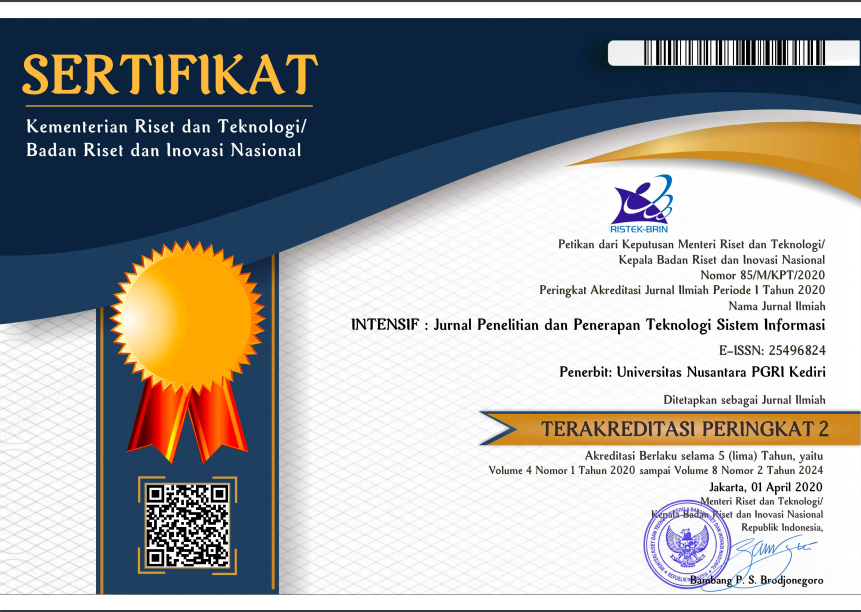Optimasi Penugasan Menggunakan Metode Hungarian
Pada CV. L&J Express
 Abstract views: 2758
,
Abstract views: 2758
,
 PDF downloads: 8233
PDF downloads: 8233
Abstract
Assignment problems are a special form of linear programming problems that often occur in a company in allocating or placing a workforce that suits its ability. To solve the issue of assignment is to use Hungarian method. In applying the Hungarian method, the amount of labor assigned should be equal to the amount of work to be completed. The author uses Hungarian method to calculate the total delivery time of goods on CV. L & J Express Malang *) so as to get the optimal total delivery time. To solve the assignment problem on CV. L & J Express Malang, the required data includes employee name, destination location, and delivery time. Based on result of calculation using Hungarian method, obtained total delivery time of optimal goods equal to 105 minutes. Before using the Hungarian method the total delivery time of goods amounted to 119 minutes. It can be seen that there is a time efficiency of 14 minutes.
Downloads
References
Taha, A.H., Riset operasi, Edisi ke-5, Jilid 1, Jakarta: Binarupa Aksara.
Pangestu Subagyo, Marwan Asri, and T Hani Handoko, Dasar-dasar operation research, 1983.
Sri Mumpuni Ratnaningsih and Irhamah, Riset operasi teori dan aplikasi , ITSPRESS : Surabaya, 2011.
Idris Gautama So, Haryadi Sarjono and Robertus Tang Herman, Penerapan metode hungarian pada perusahaan jasa (kasus minimum). Management Departement School Of Business Management : BINUS University, Jakarta.
Erlinda Rahmawati, Neva Setyahadewi and Fransiska Frans, Optimalisasi masalah penugasan menggunakan metode hungarian ( studi kasus pada PT POS (persero) Pontianak), Jurusan Matematika FMIPA Untan Pontianak.
Authors who publish with this journal agree to the following terms:
1. Copyright on any article is retained by the author(s).
2. The author grants the journal, right of first publication with the work simultaneously licensed under a Creative Commons Attribution License that allows others to share the work with an acknowledgment of the work’s authorship and initial publication in this journal.
3. Authors are able to enter into separate, additional contractual arrangements for the non-exclusive distribution of the journal’s published version of the work (e.g., post it to an institutional repository or publish it in a book), with an acknowledgment of its initial publication in this journal.
4. Authors are permitted and encouraged to post their work online (e.g., in institutional repositories or on their website) prior to and during the submission process, as it can lead to productive exchanges, as well as earlier and greater citation of published work.
5. The article and any associated published material is distributed under the Creative Commons Attribution-ShareAlike 4.0 International License












